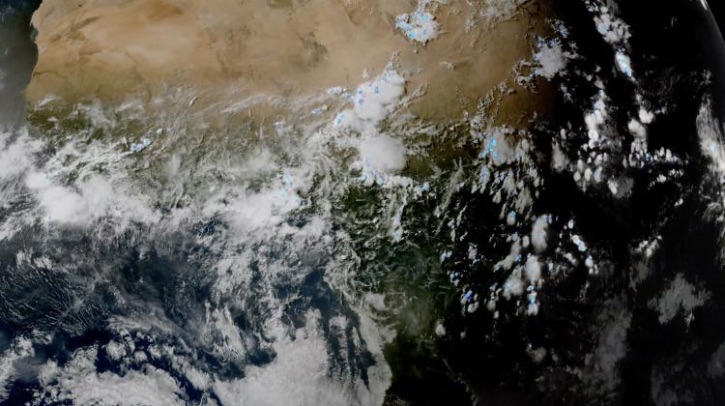EUMETSAT, in collaboration with Meteo Benin, has begun its biennial conference for African weather and climate experts in Cotonou, Benin, in which the executives will discuss the continent’s access to new and more precise meteorological satellite data and the data’s use for early warnings of severe weather events.
Satellite data for climate monitoring
About 150 meteorologists and scientists from across Africa will attend the four-day, 16th Africa User Forum this week, which will also involve a high-level meeting on the contribution of satellite data to climate and greenhouse gas monitoring in Africa, supporting the commitment of African countries to the aims of the Paris climate agreement and the global carbon stocktake.
According to the organization, EUMETSAT’s Meteosat satellites are the only Earth observation satellites with a constant view of Africa and it has been sharing data from its fleets with meteorological, hydrological and climate services on the continent for more than three decades.
Early warnings for severe weather
“The new and more precise data from the first of EUMETSAT’s Meteosat Third Generation (MTG) satellites, launched in late 2022, are now being made available in Africa,” said Phil Evans, director-general of EUMETSAT.
“We are supporting the African Union Commission to set up European Union-funded reception stations, called PUMA stations, designed specifically to receive data from MTG satellites, in countries throughout the continent. The first PUMA reception stations were recently installed in Nairobi, Kenya, and another has been installed in Cotonou, Benin, to demonstrate its effectiveness to forum participants.
“Access to MTG’s more frequent, high-resolution data, which for the first time will include observations of lightning activity over the continent, will assist meteorologists to more quickly and accurately predict severe weather events, such as storms. The aim is to enable the African meteorological community to provide earlier warnings about severe weather, to help protect lives and infrastructure. In this way, we are also supporting the joint African Union and United Nations Multi-hazard Early Warning for All Action Plan for Africa, which aims to make sure that timely and accurate information about natural hazards and impending disasters reaches all segments of African society, particularly the most vulnerable.”
In related news, EUMETSAT recently began disseminating data from the lightning imager carried on the Meteosat Third Generation – Imager 1 (MTG-I1) satellite, which was launched at the end of 2022. The lightning imager was built by Leonardo. Click here to read the full story.



